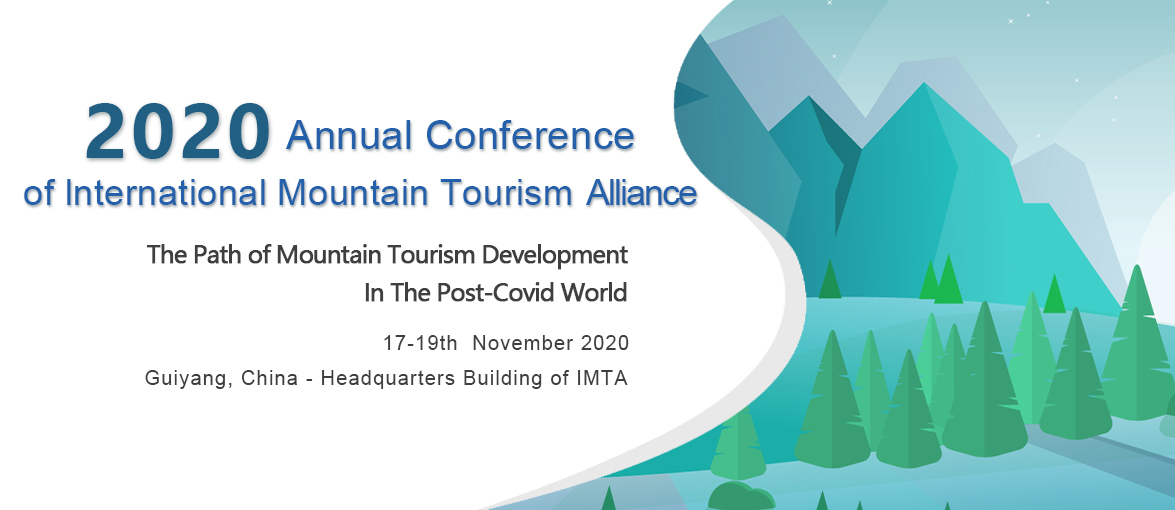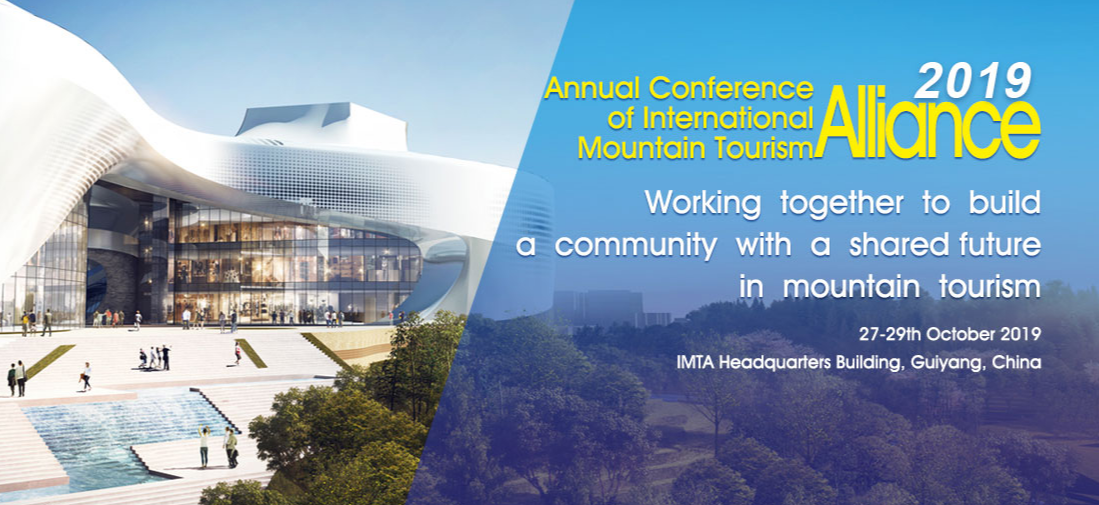home
>English>News>Industry News
text
See the coast, cities and mountain peaks on this trip of a lifetime to the Canadian Rockies
time:2018-07-11 17:28
author:International Union of mountain tourism
Thematic activities
more>>-
Against the backdrop of globalization, t ...














